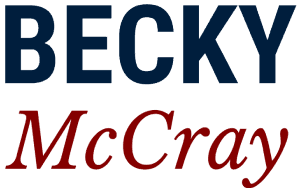How can you make a steep hill more walkable?
At the national Main Street Conference, I saw a brilliant demonstration of how Gathering Your Crowd generates more innovative solutions to all kinds of problems.
I went to a session presented by AARP on livable communities, which includes walkability, accessibility and all kinds of things to make your town better for people of all ages. An audience member asked how to make a hill easier to climb. There are seniors living at the bottom of the hill, and the main shops and services are up the hill.
How can the town make that hill easier for the seniors to climb and get to downtown?
The person asking the question suggested adding handrails. That’s one possible answer.
People on the panel made a few more suggestions: setting up transit van routes to carry people, building decorative staircases that become attractions themselves that encourage people to linger there, and partnering with physical therapists to use the hill itself as part of people’s rehab or therapy.
Then after the session, more people came up to him with additional ideas, like adding benches and resting points part way up the hill. Those rest points could be made more attractive with bird houses, butterfly gardens or even a Little Free Library.
That’s the magic of Gathering Your Crowd: more people thinking on it means more ideas.
People come from different places and cultures and have different experiences. The more differences you bring together, the more different ideas you’ll get, as Brian Uzzi documented at Kellogg School of Management. The more different ideas you create together, the more likely you are to find ones that are innovative.
Anytime you realize that you don’t have the solution to the problem, you Gather Your Crowd. You and the crowd will create more innovative solutions together.
Keep shaping the future of your town,
Becky
PS – What’s your “hill climb” problem that you need more innovative solutions to? I’ll share them on our Facebook Page to get some different ideas going.
